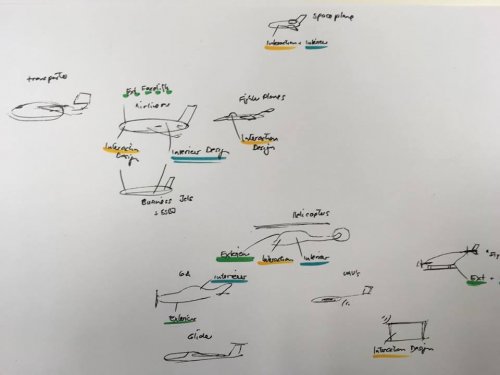TaiidanTomcat
"A wretched hive of scum and villainy."
- Joined
- 19 July 2011
- Messages
- 857
- Reaction score
- 45
F-32A/C would be near IOC today had X-32 won the contest in 2001.
based on?
SlowMan said:F-32A/C would be entering IOC today at a cost below $70 million/unit.
Remember when the contest was held in 2001 the price tag was supposed to be around $30 million each. (as long as we throwing out bold assertions, why not stick with the original estimates?)
And the A/C part is pretty clever too. Of course if you ignore the B, or you know 33 percent of the requirement (and the most difficult, demanding requirement at that) I agree though, the X-32 could have won if you just ignored that very big glaring obvious fault that was a requirement of the US and UK. But no it was looks, it lost on looks of course. STOVL was a make or break, and it didn't make it.
So I am sorry to say but when you have to complete a marathon and run only 15 miles, you lose no matter how great your 15 miles was.
Boeing had done so many cool things, and were ahead of us on schedule so much. It was like the tortoise and the hare.
They were ahead in testing because the X-32 arrived at Edwards first, but after mid air refueling issues, the X-32 was forced to land and refuel and Lockheed was able to continue thanks to mid air refueling and the X-35 quickly caught up.
And Aesthetics were the reason why we have this F-35 mess today, the wrong plane won because it looked better.
exactly, thats why the Apache and A-10 weren't selected for service. Looks are why the YF-23 won. Its all so obvious.
Boeing had done so many cool things, and were ahead of us on schedule so much. It was like the tortoise and the hare.
Yes, STOVL was the only area where the X-35 demonstration was decisively better. But Lockheed cheated in STOVL demonstration because X-35 was considerably smaller and lighter than the F-35 as it didn't have to demonstrate weapons bay, resulting a much narrower, lighter, and slimmer airframe than the hulking beast that the F-35 would eventually become. The X-32 had weapons bay and was a closer representation to what would become the F-32 than what the X-35 was to the F-35.
You are aware that massive changes were already in store for the X-32 since even before the first flight?
The X-32 beat the X-35 in all other parameters, such as range, cost, and development prowess.
How do you measure that last one? Its weird too because the X-35 lift fan won aviation engineering awards...
How about signature? How about hot gas ingestion issues and other safety concerns? Pretty big declarations all around considering the selection process was highly classified. And in the end, as the more successful test aircraft was chosen, (the X-35.) Which did things in the test process that the other test aircraft wasn't capable of and that the X-32 was already going to be redesigned just like the X-35, maybe its a bit odd to measure very heavily some aspects of the test phase and so lightly the other phases. For example, you say that the X-32 was superior but not in testing but it would have been in production --and then in the next breath using talk of the testing phase to validate your argument.
So are we ignoring the test phase or using it as evidence that the X-32 was superior? Ill tell you right now, the X-32 would have looked a lot better if the STOVL version worked. based on that it did lose on looks. I know it looked even worse when they had to remove pieces as well

